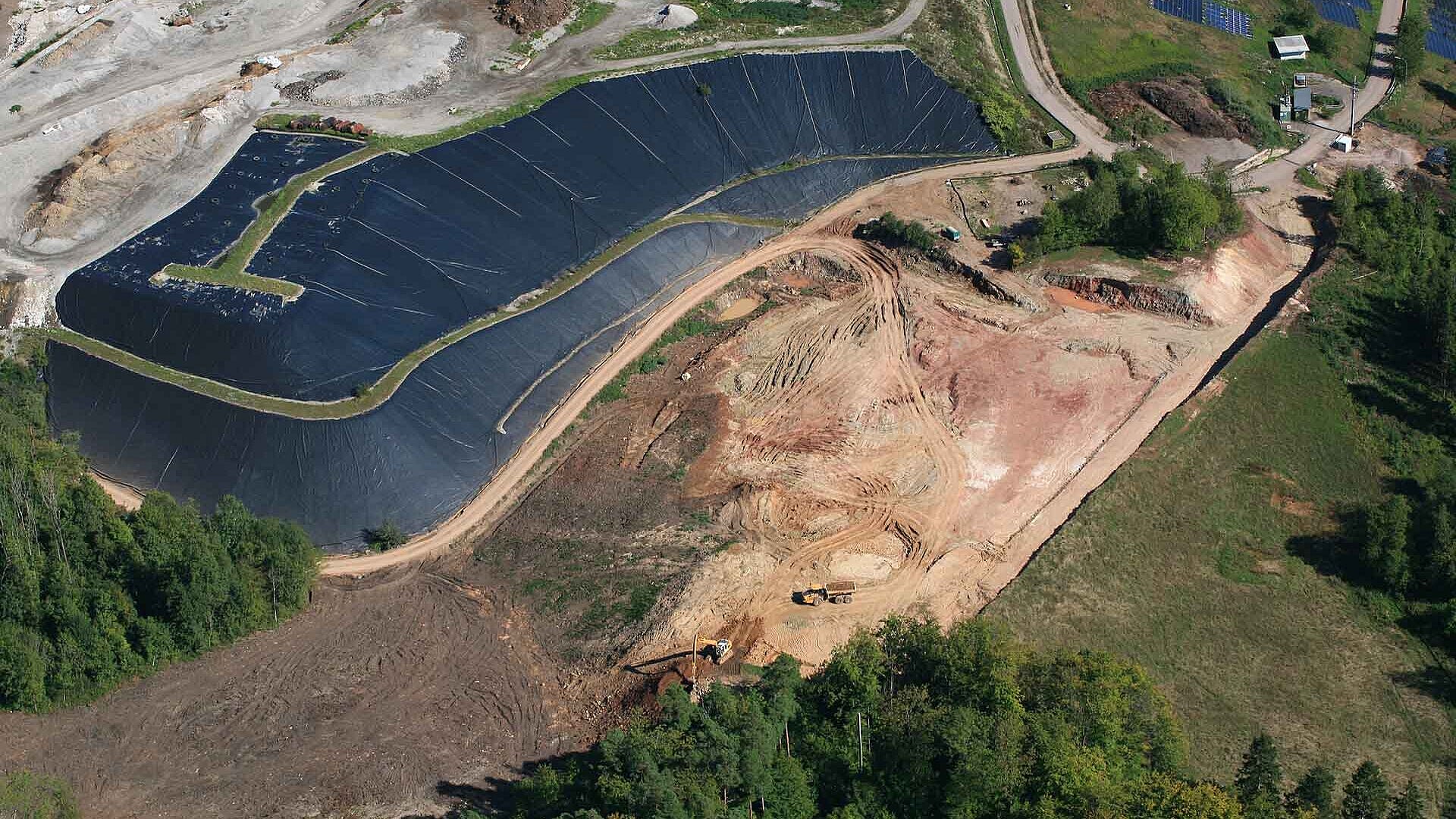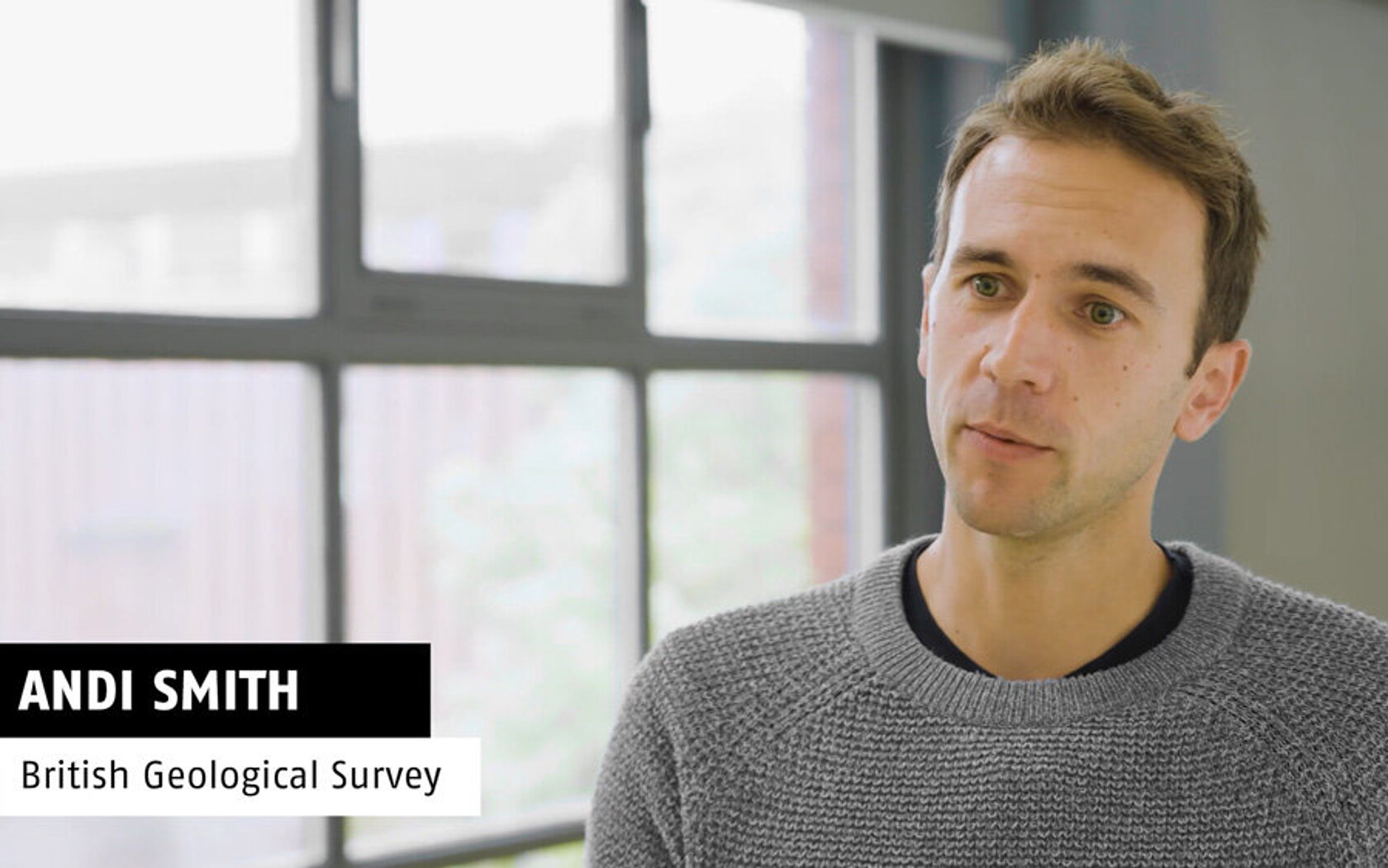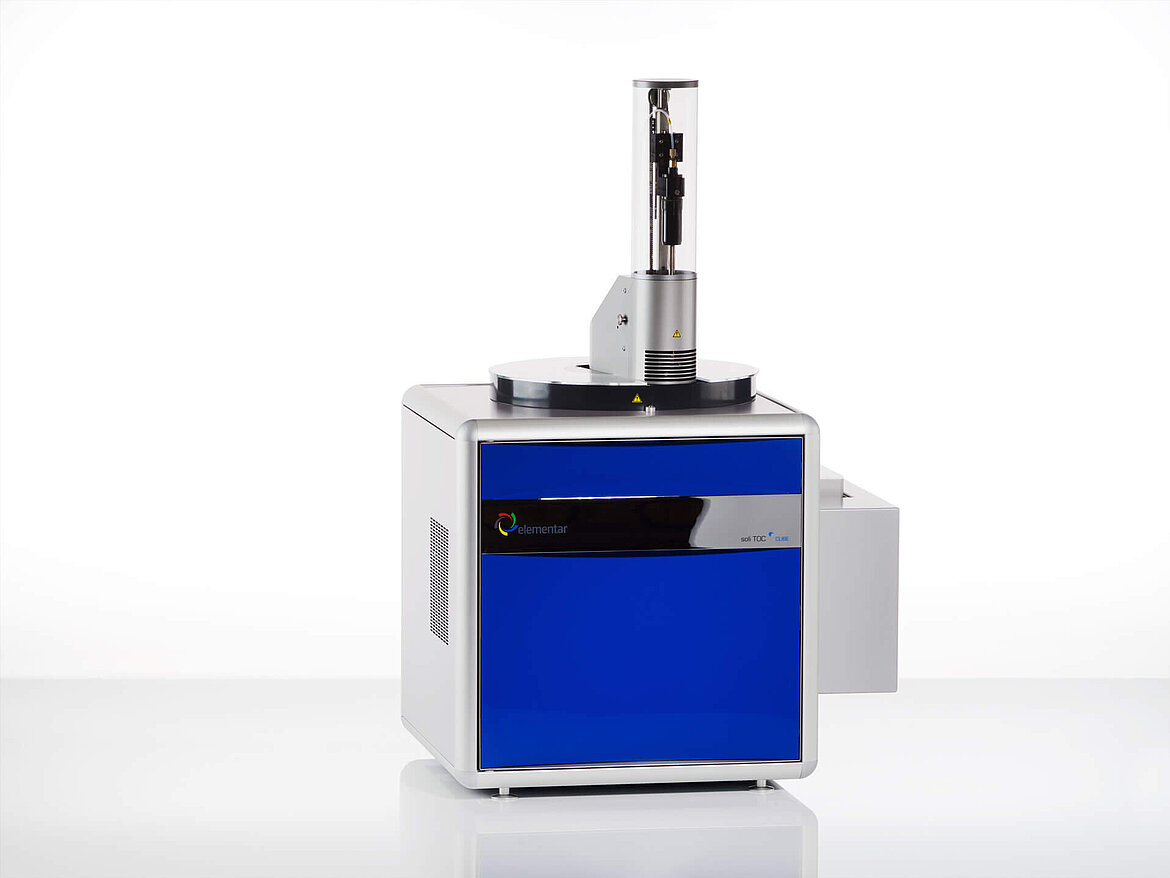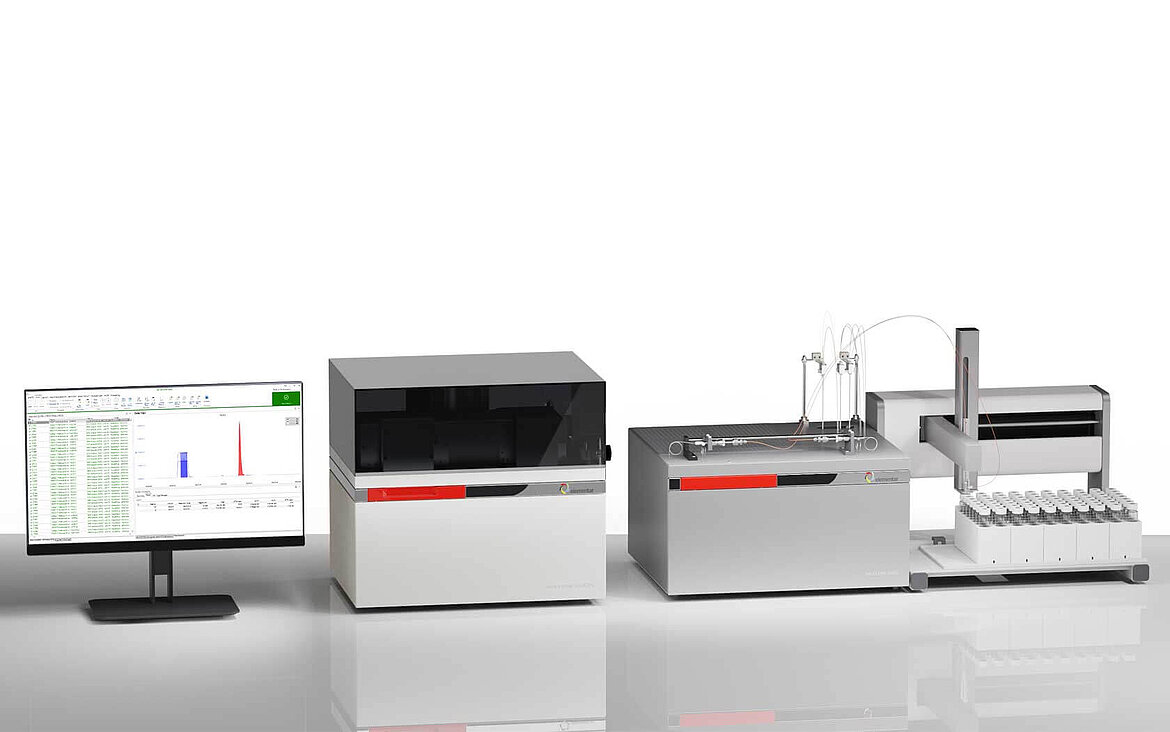Classification of waste and analysis of organic chemicals
As the urban population is growing globally and this effect is coupled with increasing consumption, waste management has become one of the most serious environmental challenges in urban areas with adverse effects on the quality of life, human health, environmental and natural resources, as well as economic and social development. It is important to know the composition of a load of waste before it is sent to landfill. On the other hand, only through developing an intimate understanding of the chemistry of organic chemicals, their eventual remediation can be realized.
Total organic carbon (TOC) analysis in the waste management
Landfills are classified according to whether they can accept hazardous, non-hazardous, or inert wastes. In waste management, the total organic carbon acts as a measure for contamination with organic compounds and is also used to perform quality control (QC) checks on industrial materials such as fly ash, cement, and kaolin. Additionally, if you evaluate the recycling of residues, the evaluation of organic pollution is always needed.
Temperature-dependent differentiation of carbon fractions is important for landfills
The differentiation between two carbon fractions (TIC and TOC) could be insufficient as biologically inactive, residual oxidizable carbon is determined in the same fraction as TOC. When evaluating solid wastes, elemental carbon (ROC) should be determined separately, since there is no need to restrict the load of ROC to landfills. An alternative method for the determination of elemental carbon is temperature ramping as elemental carbon requires higher combustion temperatures compared to organically bound carbon, which is realized by the soli TOC® cube.
Insights into sources of contamination thanks to stable isotope analysis
Stable isotope analysis has the power to deliver unparalleled insight into the complex interactions of organic pollutants in the environment. It can elucidate the often complex sources and fates of pollutant chemicals on land and at sea, aiding remediation strategy and shaping waste and resource management policy for protection of the environment. Developing our understanding of these processes aids our stewardship of the natural world to ensure that future generations enjoy the same wonders that we do today.
Watch Dr Andi Smith's full lecture from the Elementar UK IRMS User Meeting at this link.





